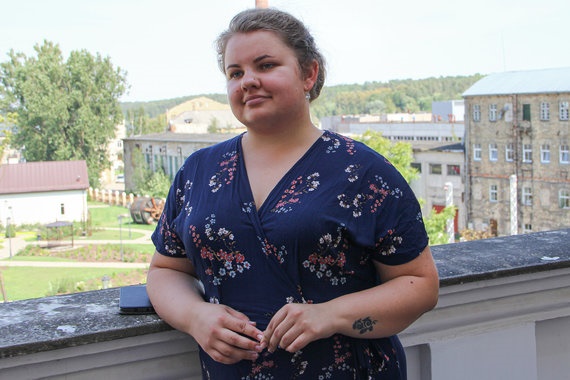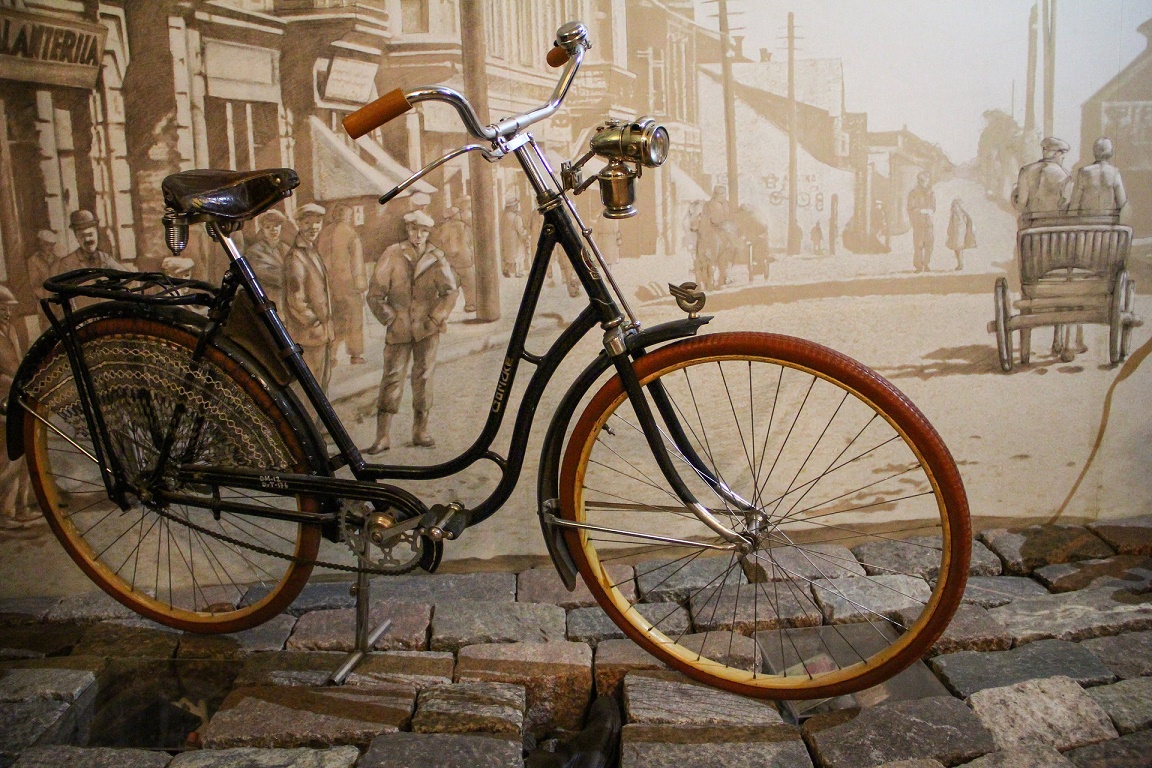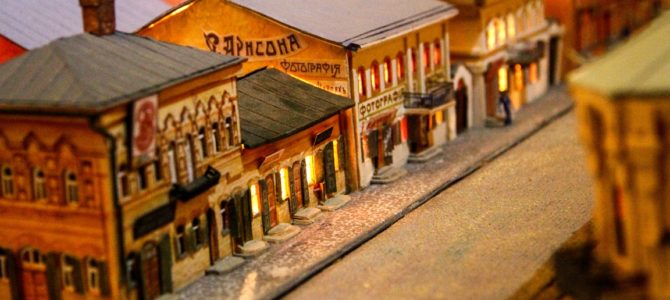Photo: 3-D miniature diorama of the Old Town of Šiauliai by Saulius Kruopis, late 19th or early 20th century. Photo by Karolina Savickytė
by Gabija Strumylaitė, 15min.lt

It’s impossible to tell the story of Šiauliai without the names of important Jews who come from there or lived there. One was the industrialist Chaim Frankel whose leather factory once employed a fifth of the city’s population. Victor David Brenner, the Litvak whose most famous work is the United States Lincoln penny still in circulation, put Šiauliai on the world map.
“Before World War I Jews were about 60 percent of the population of Šiauliai. In the period between the wars this figure dropped to 30 percent. There truly is a lot of Jewish heritage in Lithuania. We often stumble upon it and realize it only now. For instance, until my colleague Andrius Kvedaras, whom you will also meet today, nobody conducted exclusively Jewish tours of Šiauliai. It was just part of the general program,” Aušra Museum historian Milda Černiauskaitė said.
We spoke with the museum historian in the Frenkel villa which has become on the symbols of the city. Černiauskaitė said most Jews looking for roots in Šiauliai visit this site.

Aušra Museum historian Milda Černiauskaitė
“When people are trying to find out about or they themselves want to talk about their ancestors, they often get in contact with us. We try hard to help them and we have a large body of archival information we have collected.
“Furthermore, there are now those who specialize in this. Quite recently a woman from Israel came to us. She was trying to find out where her grandmother’s house had stood using the address in her grandmother’s Lithuanian passport from the interwar period. Of course the street names have changed, but we managed to find it. Another time an elderly couple arrived and said they had lived in Šiauliai and the man’s mother had been imprisoned in the city ghetto. The mother was still alive and the son wanted to bring her with him, but later decided it would be too difficult for her to bear all this emotionally,” Černiauskaitė said.

Lady’s bicycle from the interwar period.
Most Ruined City in the Country
Šiauliai suffered extremely during both world wars and most buildings were rebuilt according to the prevailing style.
“There was a very modern city during the period between the wars because about 65 percent of the city was wiped out in World War I, including the central part of the city. For instance, the cathedral stands high up on the hill, you can see it from 30 kilometers away, so it’s trivial to find it. In the interbellum modern buildings came to occupy those empty plots of land, but few of them even remain. Why is that? Because everything was even more ruined during World War II. Up to 80 percent of buildings were razed to the ground and Šiauliai became the most ruined city in Lithuania. Then the Soviet period and the era of silicate bricks began. The first pedestrian boulevard in the Soviet Union was built in Šiauliai. It’s the sad truth that even though our city is marking an anniversary in the 15th century, we no longer have the Old Town with its characteristic architecture,” Černiauskaitė said.
Full story in Lithuanian here.


